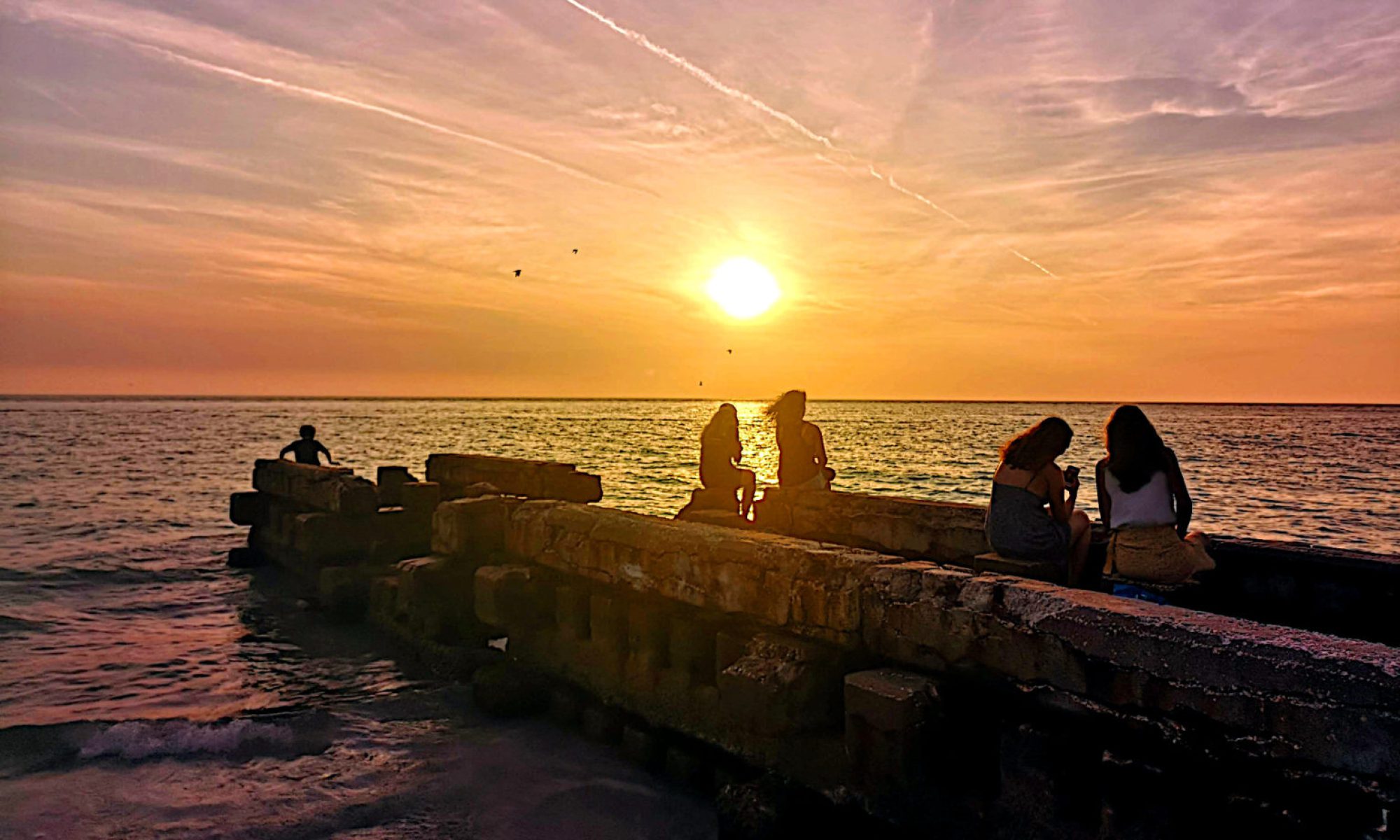Snipers are often seen as a special breed within the armed forces — they often operate solo, or as part of a small team, and they often work in remote areas, far from the theatre of battle. This creates a kind of emotional distance, which can have a significant downside in some cases: Eddie Gallagher, a Navy Seal who was court-martialed by the Army but later pardoned by Donald Trump, reportedly shot children and other non-combatants without provocation, and was turned in by his own men, who said he was “OK with killing anything that moved.” Even when they don’t engage in this kind of behaviour, snipers tend to keep to themselves and rarely talk about their exploits (Chris Kyle, the author of the book that became the move American Sniper, was an exception).

That said, we do know a little about the kinds of incredible distances that the world’s best long-range snipers can operate at, and as it turns out, three of the longest distance kills have been recorded by Canadian snipers. The longest was over the mind-boggling distance of 3.4 kilometres or 2.2 miles, in Iraq in 2017, by an unidentified member of Canada’s Joint Task Force 2 special forces unit (which it should be noted has been accused of some wrongdoing in the past). This record was 1.2 kilometres farther than the previous record, which was already an incredibly long distance to make a succesful shot. At that kind of distance, a sniper not only has to take into account wind speed, etc. but actually has to consider the rotation of the earth. An expert explains:
“First of all, there is bullet drop due to gravity. And the bullet drop would be unbelievable. At just a thousand metres [the drop] is about 14 ft., and it increases exponentially as you move farther out. The second factor is wind drift. A simple 10 mph breeze at [a distance of] 1000 m will make a difference of a few feet. and at such extreme distance, the travel time for the bullet can be as long as ten seconds – meaning the shooter must account for the rotation of the Earth underneath the bullet as the shot travels.”
Having shot firearms at short distances and learned how difficult that is, I can’t imagine having to adjust a bullet for thirty feet or so of gravity drop, several feet of wind drift, and the impact of the rotation of the earth — not to mention the beating of my own heart. Truly incredible stuff. I understand that in many cases, the deaths that snipers cause are problematic even under battlefield conditions, but I still find it amazing on a technical level. Here’s a video of Dallas Alexander, who was a sniper with JTF2 for a number of years, talking about the world record shot (hopefully this link continues to work — I had a YouTube video link before, but apparently Canadian authorities weren’t happy about Alexander releasing the footage of the kill).

@mathewi weirdly, I’ve also heard this (Canadian snipers are world renowned) and wondered why
@joshin4colours There’s a theory that Canadian kids who grew up in rural areas hunting squirrels etc. were great snipers in the First and Second World Wars, so maybe it started then and now it’s kind of a self-fulfilling prophecy?
@mathewi this makes some sense. Plus the Canadian military could’ve started some sniper training for these kids and the rest is self-fulfilling, as you say